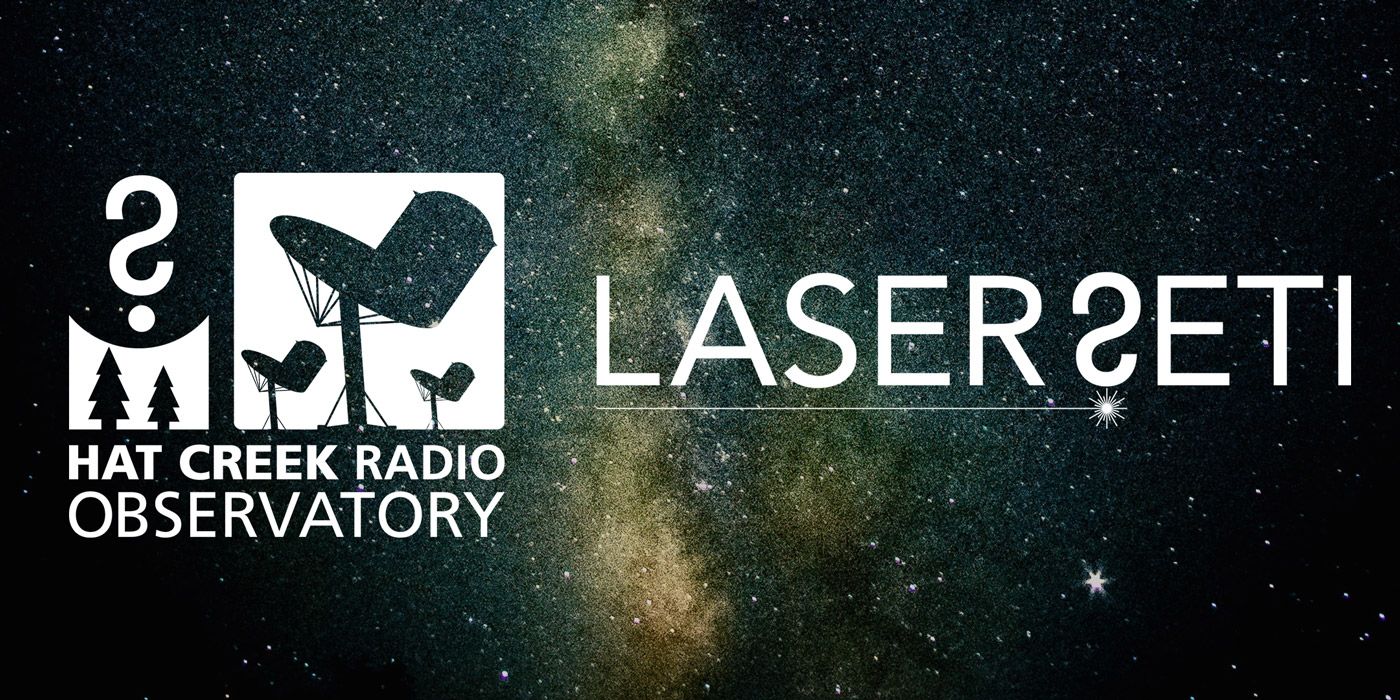
Updates from two SETI Institute projects
From curious signals to a government report on UAPs, the search for life beyond Earth has been a hot topic throughout 2021. The SETI Institute does many things, but the search for extraterrestrial intelligence is our namesake, and two of our projects to search for advanced civilizations have made significant headway the last 12 months.
Allen Telescope Array
The Allen Telescope Array (ATA) is the SETI Institute’s magnum opus when it comes to searching for intelligent life beyond Earth. The SETI Institute built 42 radio antennae at the Hat Creek Radio Observatory to scour distant star systems for radio waves that could belie advanced civilizations. In the last few years, the SETI Institute took over complete management of the Hat Creek site and got to work upgrading the instruments at the observatory.
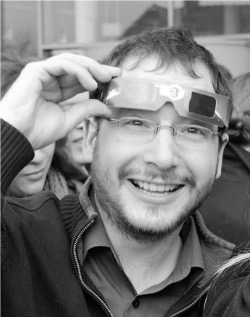
Dr. Alexander Pollak
Science and Engineering
Operation Manager, HCRO

Dr. Wael Farah
Postdoctoral Scholar
ATA

Sarah Schoultz
Research Associate
ATA

Pranav Premnath
Research Assistant
ATA
The four scientists who live and work at the ATA have spent the better part of 2021 refurbishing the antennae and the data processing equipment at Hat Creek.
The refurbishment process includes rebuilding part of the antennas’ front-end receivers to make them more sensitive and reliable across additional radio frequencies. This means it can listen for even more signals and record phenomenon like Fast Radio Bursts (FRBs). In total, the team refurbished 21 antennas (half of the full ATA) this year, which is no small feat considering each dish was designed specifically for the ATA and requires specialized hardware.
By the numbers:
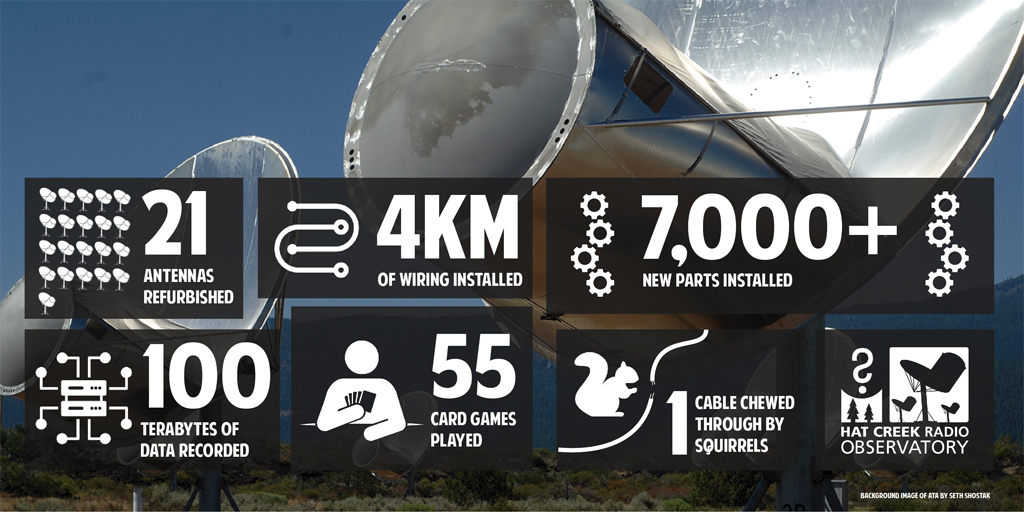
- 21: Antennas refurbished
- 4: Total kilometers of wiring installed
- 7,000+: New parts installed
- 100: Terabytes of data recorded
- 1: Cable(s) chewed through by squirrels
- 55: Card games played
But what good is a signal if you can’t store and process it? The team is working to replace the legacy signal processing hardware with state-of-the-art equipment. This includes cutting-edge digitizers, which convert raw signal data into digital values. Now, each new module can process 14x the bandwidth compared to the original setup. The team already installed a quarter of this new digital processing backend. In addition, they have installed 8 out of 42 new GPU servers for processing data.
By making the feed more sensitive and reliable, the upgraded ATA can survey the entire visible sky every night across the array’s frequency bandwidth (1-12 GHz).
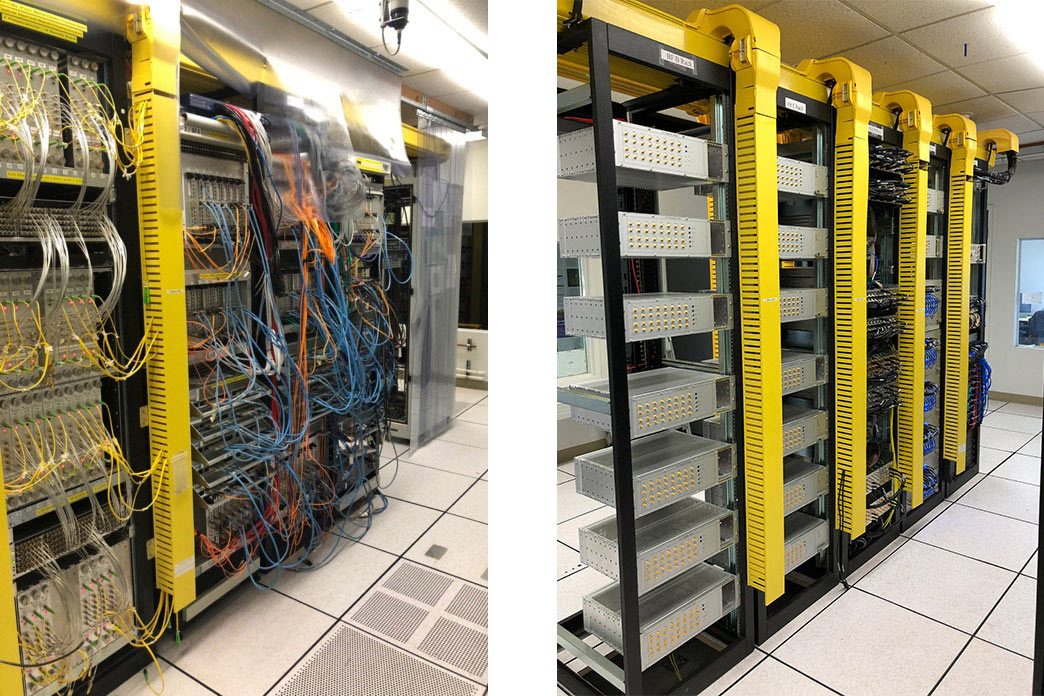
This updated equipment made the ATA’s first FRB detection earlier this year, illustrating the power and reliability of the refurbished equipment.
The team has worked late nights and weekends to upgrade the telescope array and further the search for other advanced civilizations. But this doesn’t mean they haven’t had fun along the way.
The scientists will continue the refurbishment process into 2022 and will welcome Dr. Sofia Sheikh, a postdoctoral researcher who will help develop additional SETI search methods.
--
LaserSETI
The 2021 theme for LaserSETI was tenacity.
For a little background, LaserSETI searches the skies for laser flashes and aims to be the first to scan all the sky, all the time. Laser flashes are interesting to SETI scientists because advanced civilizations could use them to communicate or propel spacecraft. Eliot Gillum directs this project.
Though the instruments for the second LaserSETI observatory were completed in September 2020, installation at Haleakala Observatory in Maui, Hawai’i was delayed to 2021 due to the ongoing pandemic.
The team was ecstatic when the instruments finally arrived in Hawai’i earlier this year, but upon arrival, a forklift had punctured a hole in one of the cases, fatally wounding the 12V DC transformer that powers the equipment. That would’ve only been a minor Monkeywrench in schedule, except Amazon sent an almost indistinguishable 24V replacement, which was installed and briefly powered on, damaging at least 10 components.
With help from folks at the University of Hawai’i and another trip to the island, all damaged equipment has been repaired and the LaserSETI installation is now up and running.
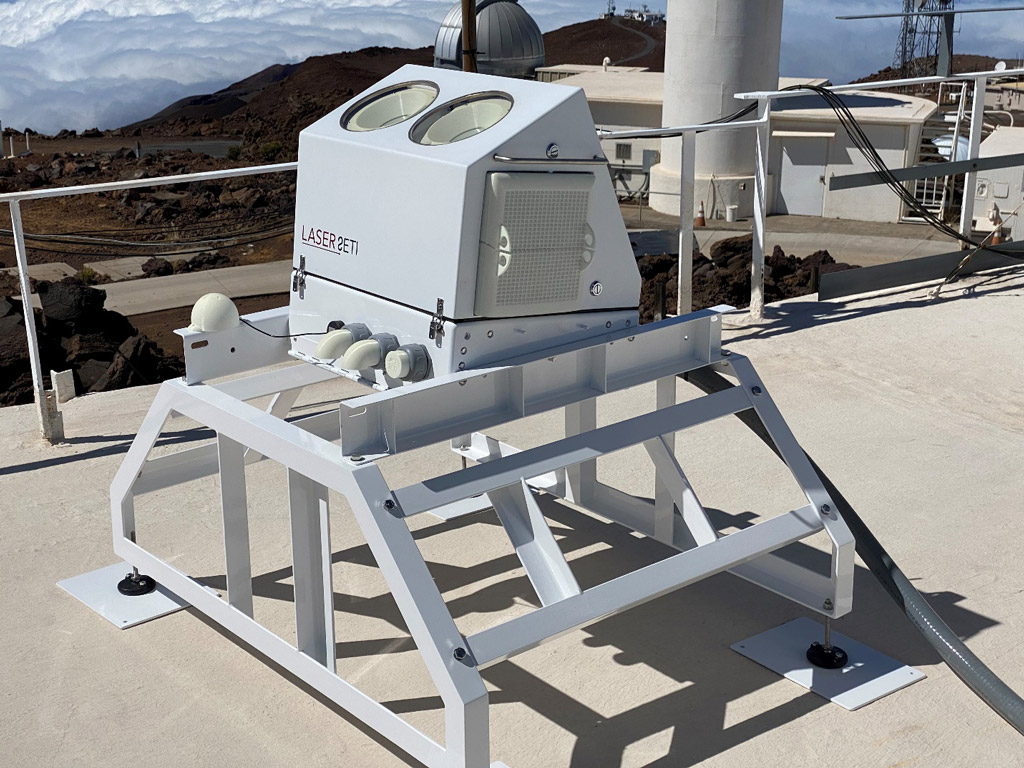
By the numbers:
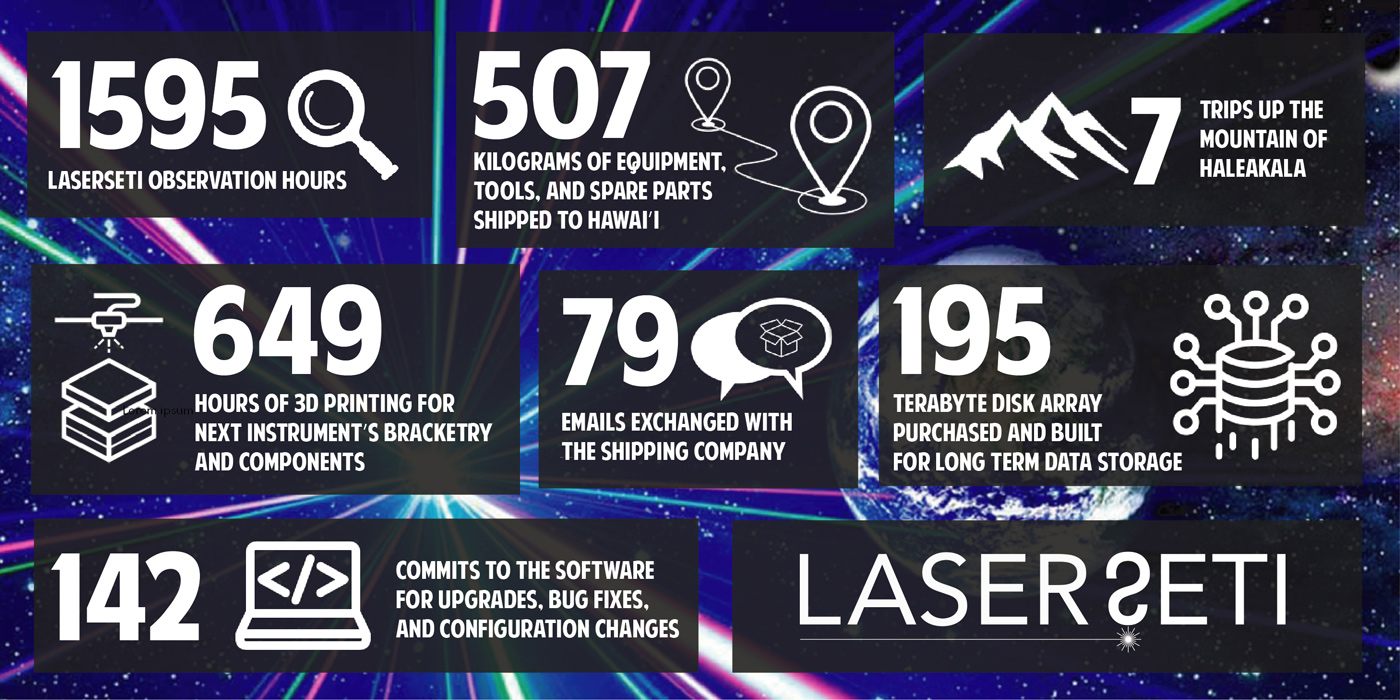
- 1595: LaserSETI observation hours
- 507: Kilograms of equipment, tools, and spare parts shipped to Hawai’i
- 7: Trips up the mountain of Haleakala
- 79: Emails exchanged with the shipping company
- 649: Hours of 3D printing for next instrument’s bracketry and components
- 195: Terabyte disk array purchased and built for long term data storage
- 142: Commits to the software for upgrades, bug fixes, and configuration changes
Next year, Eliot and team will install two more observatories in the western hemisphere, with eyes on Puerto Rico as the next location. Most of the components have already been procured, including 22 cameras (2 each for the 10 instruments plus 2 spares), and negotiations are ongoing with the host facilities.





